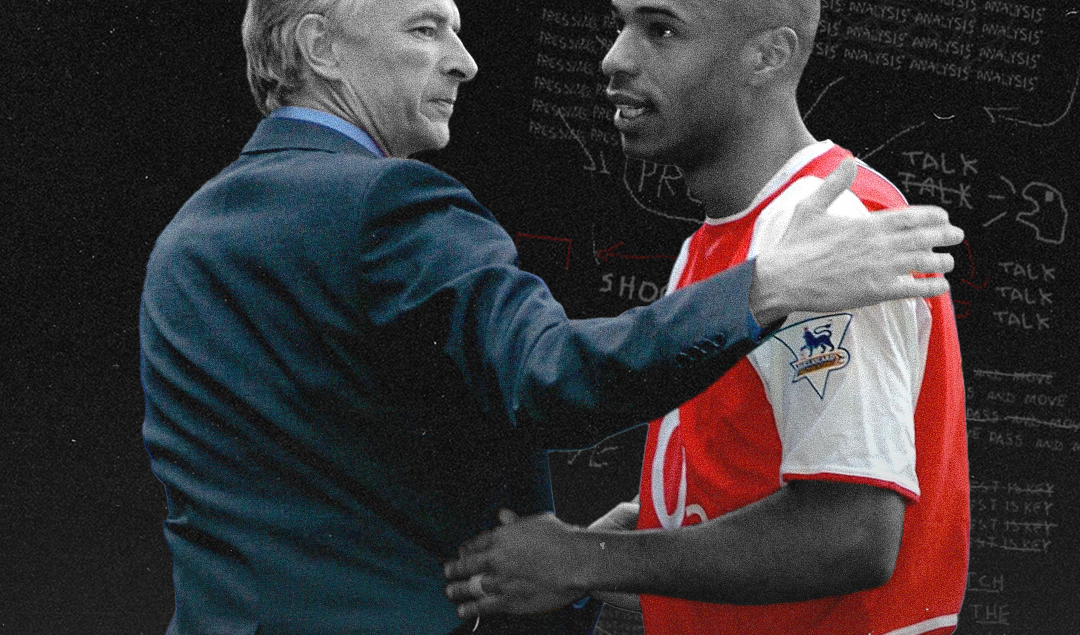The Evolution of Football Stadiums in the UK – From Highbury to Wembley
Constantly fans of the most important secondary thing in the world allude to the atmosphere in stadiums all over England, as well as the culture of cheering, which took some of its first forms on the Island and a prototype of what it should actually look like to support your favorite club. And this is not only present in the PL, on the contrary, phenomenal cheering, a “hot” atmosphere and beautiful moves are also present in the lower leagues, starting from the Championship, all the way to the fourth or fifth tier of the competition. Enjoy English football, especially the top-level football in Premier League, and make your Premier League predictions.
In England, every stadium is a masterpiece. And each one, be it a Premier League stadium or an obscure amateur football team, has its own history and elusive charm.
Stadiums that marked football in England
The uniform rules of the game of football were passed in the middle of the 19th century to finally unite all types of football that were played in various schools throughout Great Britain. The first rules were invented in Cambridge in 1848, but they were not adopted. During the 1950s, numerous clubs in English-speaking countries played football that differed from place to place.
Some clubs adopted their own rules, the most famous being the “Sheffield Football Rules” of 1867. Also, in 1862, John Charles Tring came up with his own type of rules that were influential in creating the first “fixed” rules. With the adoption of unique rules of the game, the construction of stadiums all over Great Britain began.
The oldest football stadium in the world, Sandygate Road, was built in 1860 and could accommodate 700 people. English lower league club Hallam is playing on it today. Ever since football gained more and more popularity and with it, the stadiums were getting more sophisticated and bigger.
The second largest stadium in England (after Wembley of course) which used to be called Sir Bobby Charlton’s “Theater of dreams” is located in an area of Manchester called Trafford. It was built according to the project of the same Archibald Leitch, who designed almost all important stadiums in Britain. During the war, the stadium was almost completely destroyed, because the city of Manchester, as an industrial giant, was one of the main targets of German aviation.
Old Trafford was rebuilt only in 1949, and the team spent the entire reconstruction time at Main Road, Manchester City’s stadium. The most famous stand of the stadium, by analogy with Anfield and its Kop, is the Stretford End. It is here during Manchester United games that the team’s most ardent fans are found, who are the ones who set the whole stadium on “fire”.
If other stadiums have separate stands for the most ardent fans, then St. James’ Park is more likely to single out the place where the opposing fans are, because all the other stands will be exactly that “location of the most loyal fans, “Toon Army” – an army of fans that occupies all the stands – the Milburn Stand, the East Stand, the Leazes End and the Gallowgate End. The most famous is the Gallogate End. This is one of the loudest stadiums in England.
Unfortunately, some of the old stadiums were demolished and the teams moved to new stadiums like Arsenal. The former home of this team “Highbury” is a height that is hard to reach, a stadium with a soul. Highbury was the home of Arsenal Football Club from 1913 to 2006. The first match played at the stadium was on September 6, 1913.
The match between Arsenal and Lester Foss ended with a 6:3 victory for the home team. At that time, the stadium had one main stand and several terraces. The last league match at Highbury was played on May 7, 2006. The most important moment in the 4:2 victory over Wigan was Thierry Henry’s hat trick.
Highbury was subsequently demolished and the site was converted into housing. Only the facades of the eastern and western tribunes, which were in the spirit of Art Deco, were preserved and incorporated into the new contents. The field was turned into a city park. Highbury has a history. The walls were dilapidated, the pitch was narrow and it had small aspects of Arsenal folklore, such as the historic Clock End stand. All the glory days of the club were at that stadium. It may have been small, but it had everything a regular football stadium needs.
Today’s megalomaniacal projects
Today, at a time when football has become a new industry, many would say business, everything is much more luxurious, and perhaps often unnecessarily megalomaniacal. Nevertheless, we are delighted with each new spectacular object, because the passion for this game is greater than any raid.
The most famous English stadium, in terms of world fame, modern technology, and multifunctionality is Wembley. But this is no longer the old Wembley, where England won the world championship for the only time in 1966. The old stadium was demolished, and a new one was built in its place. It is slightly smaller in a number of places, now there are 90,000 of them. The old one, as far as we remember, could have received another 10 thousand. Standing places have disappeared, a retractable roof has appeared.
It only takes him a quarter of an hour to cover the audience from the weather. But not a football field with players. The match will be played in any weather. This is exactly what one of the old football rules says, and the founders of football do not plan to change centuries-old traditions. The same tradition includes the Royal Box in the country’s main football stadium and the constant queue for footballers to climb the steps to the trophy. Wembley Stadium hosts the England national team and final matches of domestic cups.
